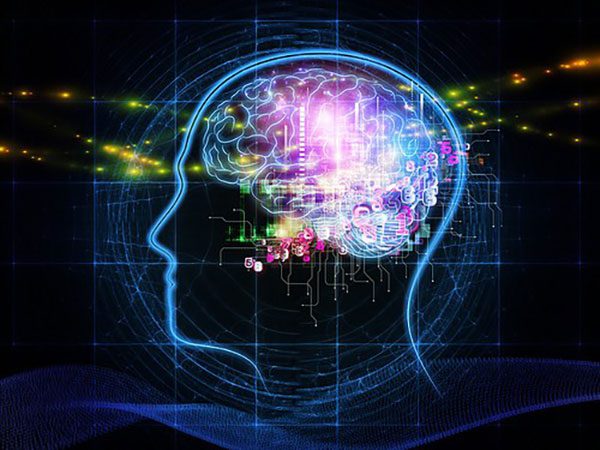The Brain on VR
When we walk around in our everyday lives we are constantly processing what we see, hear, smell, taste, and touch. This sensory information is also processed through our experience with objects that are seen and touched in a VR gym. The body and brain are so in sync that they send messages throughout the body to tell us if we are upright or upside down, if objects are big or small, or if they are close or far away. Because our brains are hardwired to do this it’s an easy and sometimes difficult crossover for our brains to understand exactly what’s going on while we’re using virtual reality for fitness.
While using a VR headset you’ll see lifelike or even cartoony images that your senses will fall for. Dr. Daniel Playne from the University of New Zealand explains, that the image you’re seeing is projected to each eye independently of one another. This gives a signal to the brain that what you are seeing has depth. This sense of depth is what makes being transported to an endless underwater ocean or to the top of a skyscraper feel so real and scary for some users.
Some VR gyms have introduced objects like stationary bikes and “flying” machines within a room to make the experience feel real. VR lovers that also want to try their hand at scuba diving, snorkeling, and swimming are in luck. There are VR companies that let customers use waterproof VR headsets inside real swimming pools to trick their brain and bodies into believing they’re really in the ocean watching a whale swim by.

Playing With Our Emotions
All images are an illusion when it comes to virtual reality. They may look and sound real but they are definitely not. However, you wouldn’t know this if you’re one of the lucky many that have extreme emotional and physical reactions to using VR for the first time. In an article by Kelly Brown, on VR research done by Dr. Martin Dobricki from the University of Wurzburg in Germany, it was revealed that the strategic placement of real-time images and sounds do in fact influence how our brains react with both an emotional and physical response to what we see, hear, and touch in a virtual world.
Depending on the person, some will feel anticipation, fright, surprise, or even nausea. Every VR user’s emotional and physical response will vary. Some will be motivated to jump over that virtual fire, while some will choose to skip it and jump over a tire instead.
The feeling of holding onto a controller can give VR gym users a stabilizing element that lets them interact with the virtual world and have control of it at the same time. Objects like a gun or sword to fight a virtual dragon was once only attainable in a dream or movie, and now they are now placed inside the user’s hand. VR workouts that keep your hands free are great for using your own bodyweight to build muscle and endurance while reaching your fitness goals.
As for the main hardware — the better the graphics and frame rate, and the lesser the lag time — the better the virtual experience will be, and the more likely the user will perceive what’s happening is a reality. If there are pauses or choppy frame rate, this will pull the exerciser out of the emotional buy-in that what they’re seeing isn’t actually real, because real life never pauses. If there is a “screen door effect”, or your games or workout activities have graphics that are low quality, smudgy or drab in color, this will also take the veil of reality away from the user.

Relying on Expectation
The best VR gyms will know that our brains are hardwired to make assumptions and expectations built around our experiences in reality. What our brains do is, they take what we’ve learned and transfer it onto something we don’t know much about. When using VR headsets to lunge and squat through barriers we are challenged and motivated by something, whether it be a coin to gather or a monster to punch. These challenges give us expectations to build on and distractions to focus on, leading our senses and our brains to get engrossed into the VR world.
VR also doubles down on the use of sound and imagery to kick anticipation, excitement, and anxiety into high gear. These high energy emotions send messages to the brain and body, pumping users full of adrenaline and expectations that will prepare the body for that exhilarating or panicky parkour jump off a ledge, or the feeling of fear or bloodlust to that moaning zombie waiting around the corner.
The great news is, the adrenaline that’s pumping will also be calmed by trial and error. This seems counterintuitive, but your mind will learn that you won’t die from getting attacked by a monster, decreasing a negative emotion like fear and turning it into an excitement you can handle.


